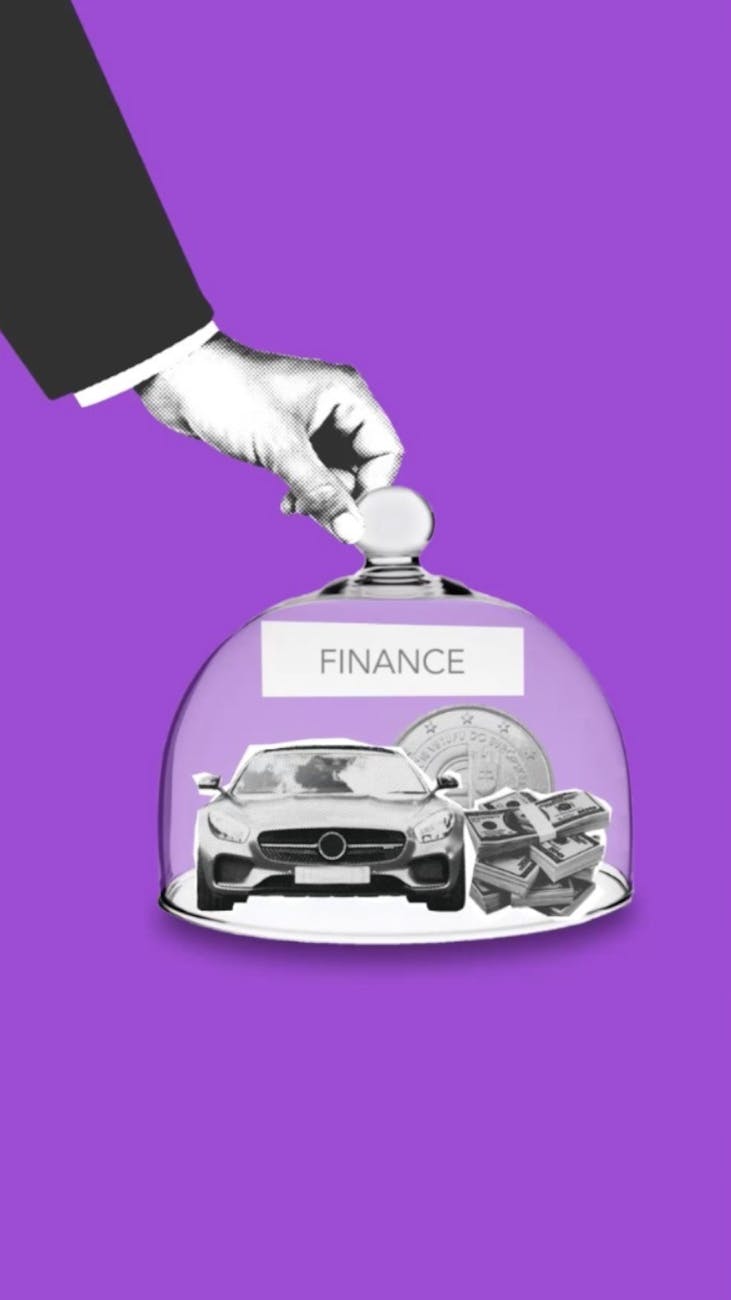
When it comes to purchasing a car, most buyers focus on the make, model, color, or horsepower. But savvy shoppers know that the real game-changer lies in understanding auto loan rates. Whether you’re a first-time buyer or a seasoned car owner, securing a competitive interest rate can save you thousands of dollars over the life of your loan. In this comprehensive guide, we’ll break down everything you need to know about auto loan rates—how they work, what influences them, and how to lock in the best possible deal.
Why Auto Loan Rates Matter More Than You Think
Let’s start with a simple truth: the interest rate on your auto loan isn’t just a number. It’s the difference between driving off the lot with financial confidence or spending years overpaying for your vehicle. Consider this example:
- A $30,000 car loan at 4% APR over 60 months costs $552/month, with total interest paid of $3,120.
- The same loan at 7% APR jumps to $594/month, with total interest soaring to $5,640.
That’s a $2,520 difference—enough to cover a vacation, emergency fund, or even a down payment on your next car. With stakes this high, understanding how rates work isn’t optional—it’s essential.
What Determines Your Auto Loan Rate?
Auto loan rates aren’t pulled out of thin air. Lenders evaluate a mix of factors to determine your eligibility and rate. Here’s what they’re scrutinizing:
1. Credit Score: The Gatekeeper of Low Rates
Your credit score is the single most influential factor in your auto loan rate. Lenders use it to gauge your reliability as a borrower. The higher your score, the lower the risk—and the lower your rate.
- Excellent Credit (720+): Qualify for the lowest rates, often below 4%.
- Good Credit (680–719): Rates typically range between 4%–6%.
- Fair Credit (620–679): Expect rates around 6%–10%.
- Poor Credit (<620): Rates can climb to 15% or higher.
Pro Tip: Check your credit report for errors before applying for a loan. A simple mistake, like an outdated delinquency, could cost you dearly.
2. Loan Term: Short vs. Long
Shorter loan terms (36–48 months) usually come with lower rates but higher monthly payments. Longer terms (72–84 months) lower your monthly bill but often carry higher rates and more interest over time.
3. New vs. Used Cars
New cars typically qualify for better rates because they’re less risky for lenders (they hold value longer). Used car loans might see rates 1%–3% higher.
4. Down Payment: Your Leverage Tool
A larger down payment reduces the lender’s risk, which can translate to a lower rate. Aim for at least 20% down to maximize savings.
5. Economic Factors
Broader economic conditions, like the Federal Reserve’s benchmark rate, influence auto loan rates. In 2023, average rates hovered between 5%–8%, but this can shift with inflation and market trends.
Types of Auto Loans: Finding the Right Fit
Not all auto loans are created equal. Here’s a breakdown of common options:
1. Direct Lending (Banks/Credit Unions)
- Pros: Competitive rates, especially for credit union members. Pre-approval lets you shop like a cash buyer.
- Cons: Requires strong credit for the best deals.
2. Dealership Financing
- Pros: Convenient “one-stop shop” experience. Promotional rates (e.g., 0% APR) may be available.
- Cons: Rates are often marked up to earn dealer commissions.
3. Online Lenders
- Pros: Fast approvals and comparison tools. Ideal for competitive shoppers.
- Cons: Less personalized service.
4. Subprime Loans
- Pros: Accessible to borrowers with poor credit.
- Cons: Exorbitant rates (15%–25%) and strict terms.
How to Secure the Best Auto Loan Rate
Ready to save big? Follow these actionable steps:
Step 1: Boost Your Credit Score
- Pay down credit card balances to reduce utilization.
- Avoid new credit inquiries for 3–6 months before applying.
Step 2: Shop Around—Aggressively
Get quotes from at least 3–4 lenders, including credit unions (which often beat big banks). Use online tools to compare offers side-by-side.
Step 3: Negotiate Like a Pro
Dealers and lenders have wiggle room. Ask, “Can you beat this rate?” and leverage competing offers.
Step 4: Time Your Purchase
Rates often dip at month- or quarter-end when dealers push to meet sales quotas.
Step 5: Consider a Co-Signer
A co-signer with strong credit can help you qualify for lower rates if your score is lacking.
The Hidden Pitfalls to Avoid
Even seasoned borrowers can stumble into these traps:
- Focusing Only on Monthly Payments: A longer term might lower payments but cost more in interest. Always calculate the total loan cost.
- Skipping Pre-Approval: Walking into a dealership without pre-approval puts you at the mercy of their financing team.
- Ignoring Refinancing Opportunities: If rates drop or your credit improves, refinancing could save you hundreds annually.
Auto Loan Refinancing: When Does It Make Sense?
Refinancing replaces your current loan with a new one at a lower rate. It’s worth considering if:
- Your credit score has improved by 50+ points.
- Market rates have dropped significantly.
- You initially accepted a high-rate subprime loan.
Example: Refinancing a $25,000 loan from 10% to 5% APR saves $2,600 over 48 months.
The Future of Auto Loan Rates
While no one has a crystal ball, experts predict auto loan rates will remain volatile in 2024, influenced by inflation and Federal Reserve policies. To stay ahead:
- Monitor rate trends using tools like the Fed’s Economic Data (FRED).
- Lock in rates quickly if they dip.
Final Thoughts: Drive Smart, Save Smarter
Auto loan rates might seem daunting, but with the right knowledge, you can turn them to your advantage. Remember:
- Your credit score is your greatest bargaining chip.
- Shopping around isn’t optional—it’s non-negotiable.
- Small rate differences add up to big savings.
Whether you’re eyeing a sleek sedan or a rugged SUV, let a competitive auto loan rate fuel your journey—not drain your wallet.
Ready to Take the Wheel?
Check your credit score, gather your documents, and start comparing lenders today. The road to a better auto loan rate begins with a single step—and it’s one that could pay off for years to come.



























